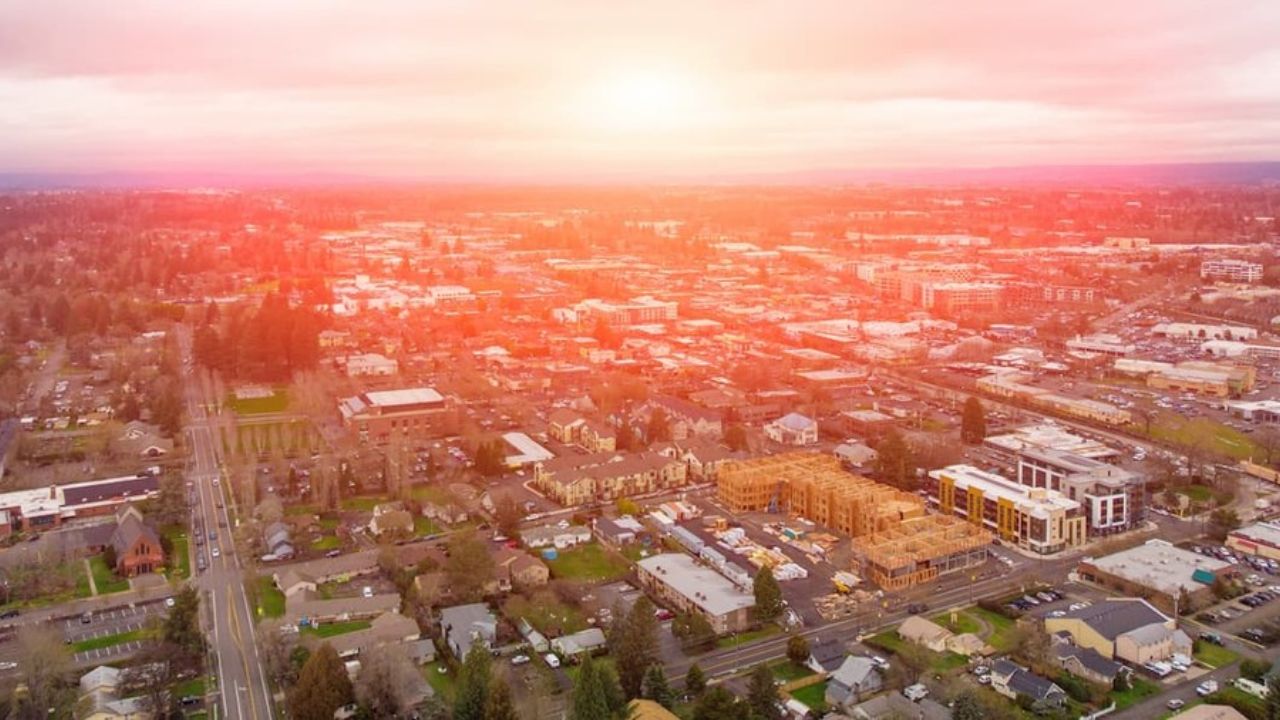Washington County, Oregon, stands out as one of the most populous and affluent counties in the state, boasting a median household income of $86,626 in 2020. However, not all corners of the county share this prosperity.
According to data from the U.S. Census Bureau, the poverty rate in Washington County stood at 8.45% in 2020, translating to approximately 50,000 individuals residing below the poverty line, which was set at $26,500 for a family of four.
Some specific neighborhoods within the county experience significantly higher poverty rates than the county average, revealing stark economic and social disparities. Here, we present a closer look at the five most economically challenged neighborhoods in Washington County, based on the percentage of residents living in poverty as of 2019:
1. Aloha
Aloha is a census-designated place (CDP) situated between Beaverton and Hillsboro within Washington County. It is home to approximately 52,000 people, with a notable poverty rate of 16.4%. Aloha prides itself on its diversity, with roughly 28% of residents identifying as Hispanic or Latino and 17% as Asian.
The median household income in Aloha is lower than the county average, standing at $66,668, while the unemployment rate is comparatively higher at 6.4%. Aloha grapples with various challenges, including crime, traffic congestion, and a shortage of public services and amenities.
Also Read:
2. Cornelius
Located west of Hillsboro and Forest Grove, Cornelius is a city in Washington County with a population of around 13,000 people and a poverty rate of 15.9%. The city’s demographic makeup is predominantly Hispanic or Latino, constituting approximately 54% of its population.
Cornelius reports a lower median household income compared to the county average, with figures at $60,179, and a higher unemployment rate of 7.2%. The community faces hurdles like low educational attainment, housing affordability concerns, and limited access to healthcare services.
Also Read:
3. Forest Grove
Forest Grove, another city in Washington County situated to the west of Hillsboro and Cornelius, houses approximately 25,000 residents, with a poverty rate of 15.5%. The city is known for hosting Pacific University, a private liberal arts college that draws students from across the nation and abroad.
Forest Grove showcases diversity, with around 24% of its inhabitants identifying as Hispanic or Latino and 10% as Asian. The median household income in Forest Grove falls below the county average, amounting to $64,375, with a similar unemployment rate of 5.9%. Challenges within the community encompass homelessness, food insecurity, and environmental issues.
Also Read:
4. King City
King City, situated south of Tigard and Beaverton, is a city in Washington County with roughly 4,000 residents and a poverty rate of 14.8%. It primarily serves as a retirement community, with approximately 69% of its residents aged 65 or older.
While King City reports a higher median household income than the county average at $89,583, it also grapples with a heightened cost of living. The community faces challenges related to isolation, limited transportation options, and restricted access to social services.
Also Read:
5. North Plains
North Plains, located north of Hillsboro and west of Portland, is a rural city in Washington County with an estimated population of 2,000 and a poverty rate of 14.6%. Agriculture and tourism serve as the primary economic drivers for this community.
North Plains reports a median household income below the county average, standing at $72,500, and a higher unemployment rate of 6.7%. Issues confronting North Plains encompass infrastructure maintenance, water quality concerns, and land use conflicts.
Also Read:
Conclusion
Washington County, while generally prosperous, contains pockets of poverty that affect a substantial portion of its residents. The five neighborhoods highlighted here—Aloha, Cornelius, Forest Grove, King City, and North Plains—exhibit poverty rates exceeding the county average and face various economic and social challenges that impact their overall quality of life.
Addressing these challenges necessitates collaborative efforts among local governments, community organizations, businesses, and residents to create more equitable opportunities and outcomes for all individuals residing in Washington County.
